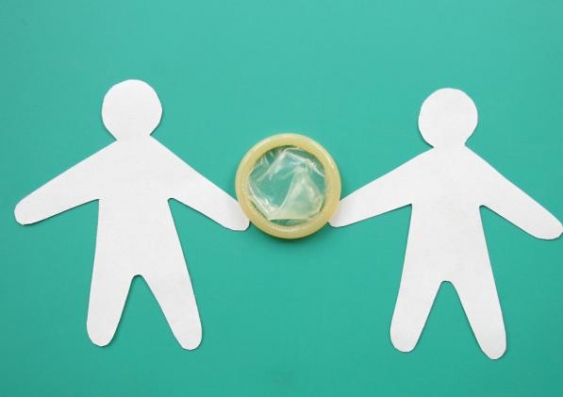Hepatitis C-related deaths and sexually transmitted infections are on the rise
Australia is experiencing a surge in gonorrhoea and syphilis infections and a dramatic rise in hepatitis C-related deaths, according to an annual surveillance report from UNSW's Kirby Institute.


